How to make natural Easter Egg dye
This post contains affiliate links.
During the holidays, it’s important to keep my photography individual and distinct from other images. That’s why for Easter, I decided to paint Easter eggs with all-natural homemade dyes, which made for an interesting shoot and a fun activity for my daughter. Living in Russia as a child, there were no synthetic dyes to paint Easter eggs, so we used what was around us to paint eggs for Easter. I can remember helping my mother paint eggs and the weeklong process that was Easter egg decorating, which seemingly involved the whole neighborhood. This photoshoot brought warm memories as my daughter helped decorate eggs, just as I did in Russia.
How to dye eggs
Despite scarce ingredients in Russia for dyes, using mostly beets and cabbage, onion skins had a bit more opportunity to go to the store and buy the ingredients. For the dyes, I used onions (for orange dye), turmeric (yellow), red cabbage (light blue), blueberries (dark blue), spinach (green), and beets (purple). Using these ingredients, I would boil them in a small pan for a little while, then drain out the leftover chunks of food. After that, the process is the same as with normal dyes, and you can just dip the egg into the colored water to dye it. You could also leave the chunks inside the pan, and boil the egg along with the dyes. Although I didn’t have time to do this, you could wrap a parsley leaf (or any other type of leaf) around the egg with string before dying it, and it will leave a print on the egg.
Outcome
Using natural dyes is very different from using regular dyes- the eggs will taste and smell far better than eggs painted with synthetic dyes with a lot of chemicals in it. However, the dye will be much lighter, as there are no harsh chemicals to intensify the colors. The natural dyes will have to be painted on in layers to see any real strong color. Even layering the colors will still leave the eggs a much lighter shade of color you want, the colors will even look pastel. After use, the dye will stay good in the fridge for a week, which worked well for me, as the shoot lasted a couple of days. I enjoy storing things such as these dyes in mason jars, as the seal is airtight. After dying the eggs, I like to put the eggs into a paper egg crate, as the dye will bleed.
Other Easter Recipes
- Easter Bunny Cupcakes
- How to Make Mini Kulich for Easter (Individual Bread Loaves)
- Italian Easter mini bread
- Traditional Italian Easter Bread Recipe – Soft, Sweet, and Perfect for Easter Brunch
- How to Dye Easter Eggs with Food Coloring (Step-by-Step Guide)
- How to Make Edible Gold Easter Eggs with Food-Safe Paint
Post-shoot thoughts
Some hardships did occur during this photoshoot, such as the process of the shoot itself. As I work in my own studio, I don’t have an assistant (unless my son or daughter helps out), and I have to be both the photographer, cook, and model. Because of this, I have to ensure everything is perfect before the camera is even rolling, and that takes plenty of time to set up. This makes the time a very important factor, as I will have various fresh foods out or things cooking, making pre-planning a shoot important. I also use real products in most, if not all, of my shots instead of fake products, so it’s a bit harder to ensure that everything on the camera looks good. This shoot was interesting from the preparation to the final product. Preparation of the dyes was a process within itself, which is always nice to capture on camera. Given how fun the shoot was, I’ll be making sure that this will continue to be a tradition for my family every Easter.
Natural Easter Egg Dye
Video
Ingredients
- 12 white eggs
- 4 yellow onions onion skin
- 3 beets
- 2 tablespoon turmeric
- 2 cups blueberries
- 4 cups spinach
- ½ cup red cabbage
Dye
- 2 tablespoon vinegar
- 3 cups water
Instructions
- Combine selected dye ingredient with water and bring to boil. Cover cooking pot and simmer for 15-30 minutes.
- Remove liquid from heat and cool to room temperature.
- Drain dye through a fine strainer into the bowl. For each cup of dye add one tablespoon of vinegar.
- Dip hard boiled eggs into a dye. When eggs reached the desired color scoop them out and place on a drying rack to dry.
Food Photography & Video Tips from My Studio
Here’s a peek at the tools, gear, and camera setups I use to film my recipe videos and photograph food at home. Over the years, I’ve tested dozens of different setups, and now I’m sharing what actually works for me—whether I’m filming overhead shots for YouTube or styling still photos for my blog. If you’re curious about how I create the content you see here, these posts are a great place to start.

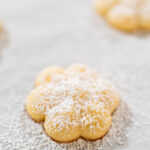

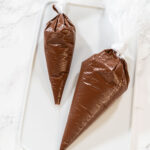


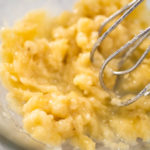

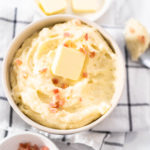
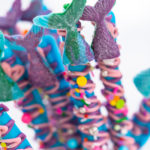
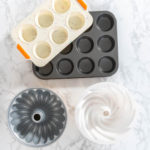
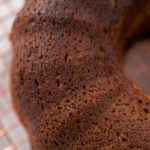

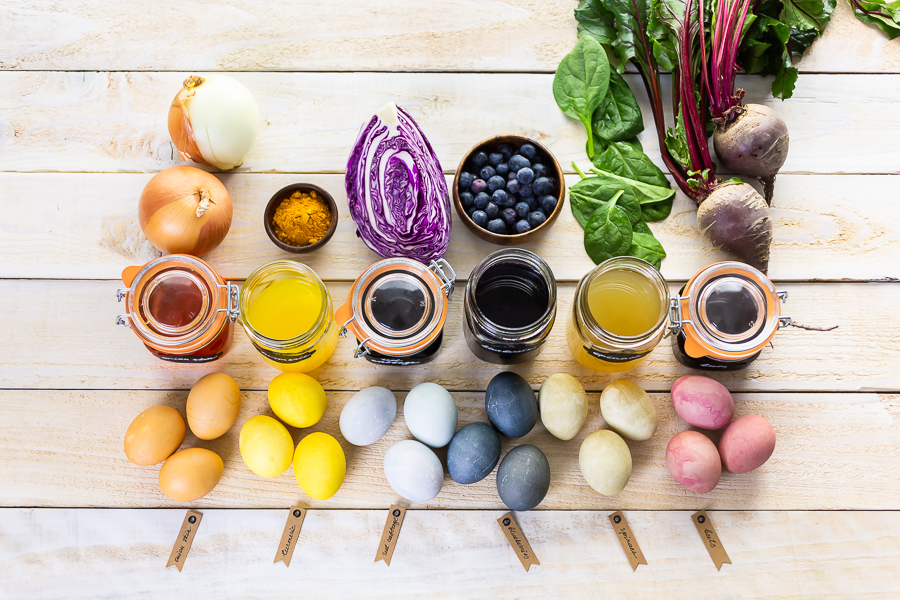
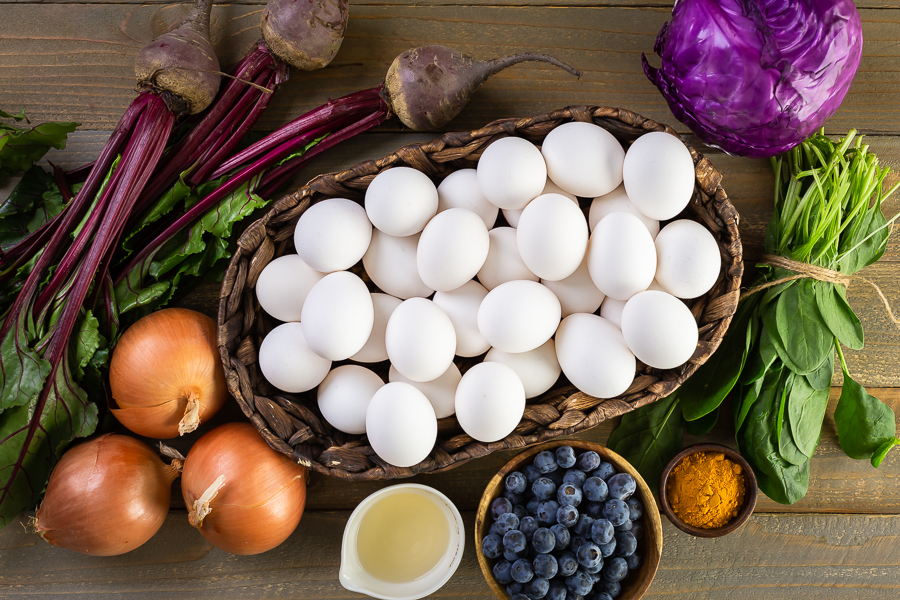
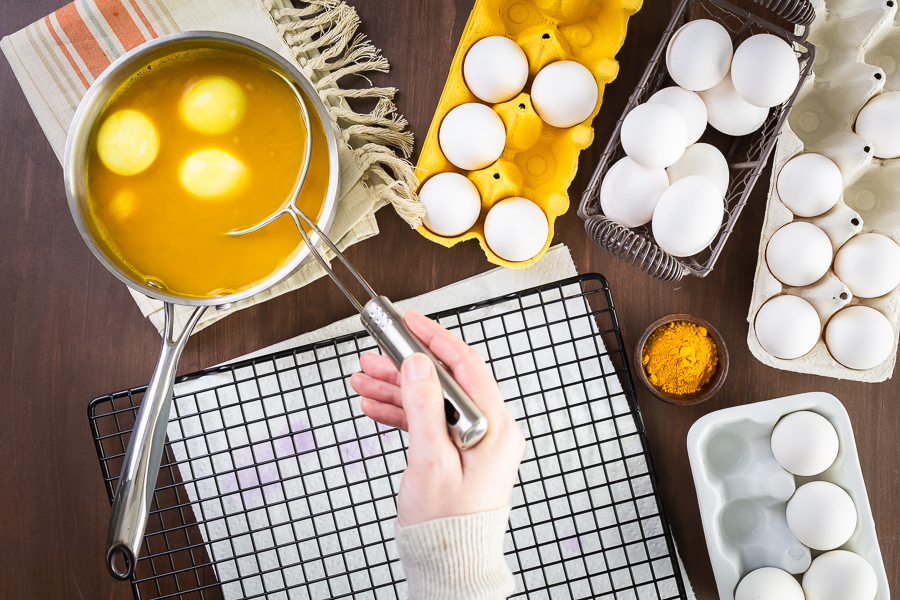

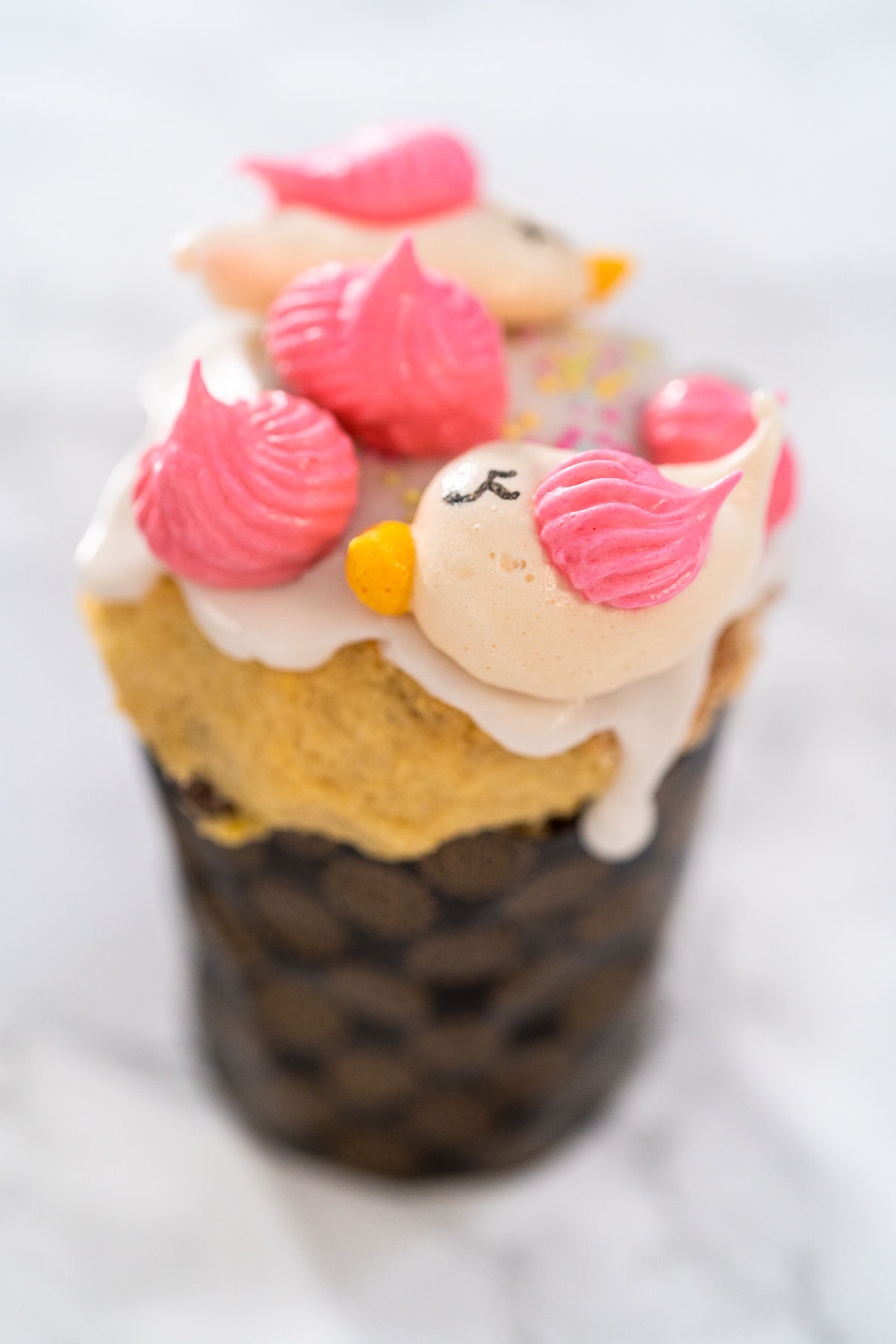

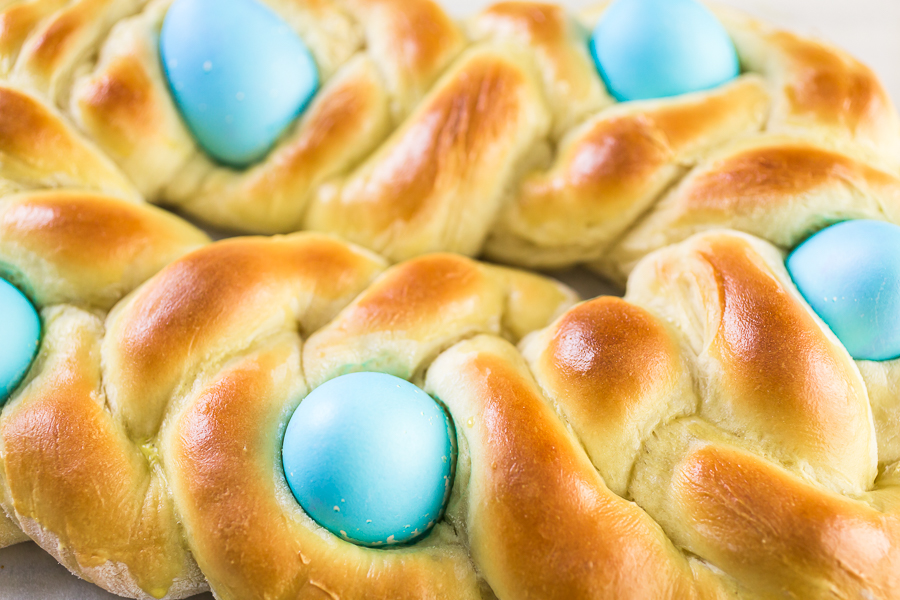
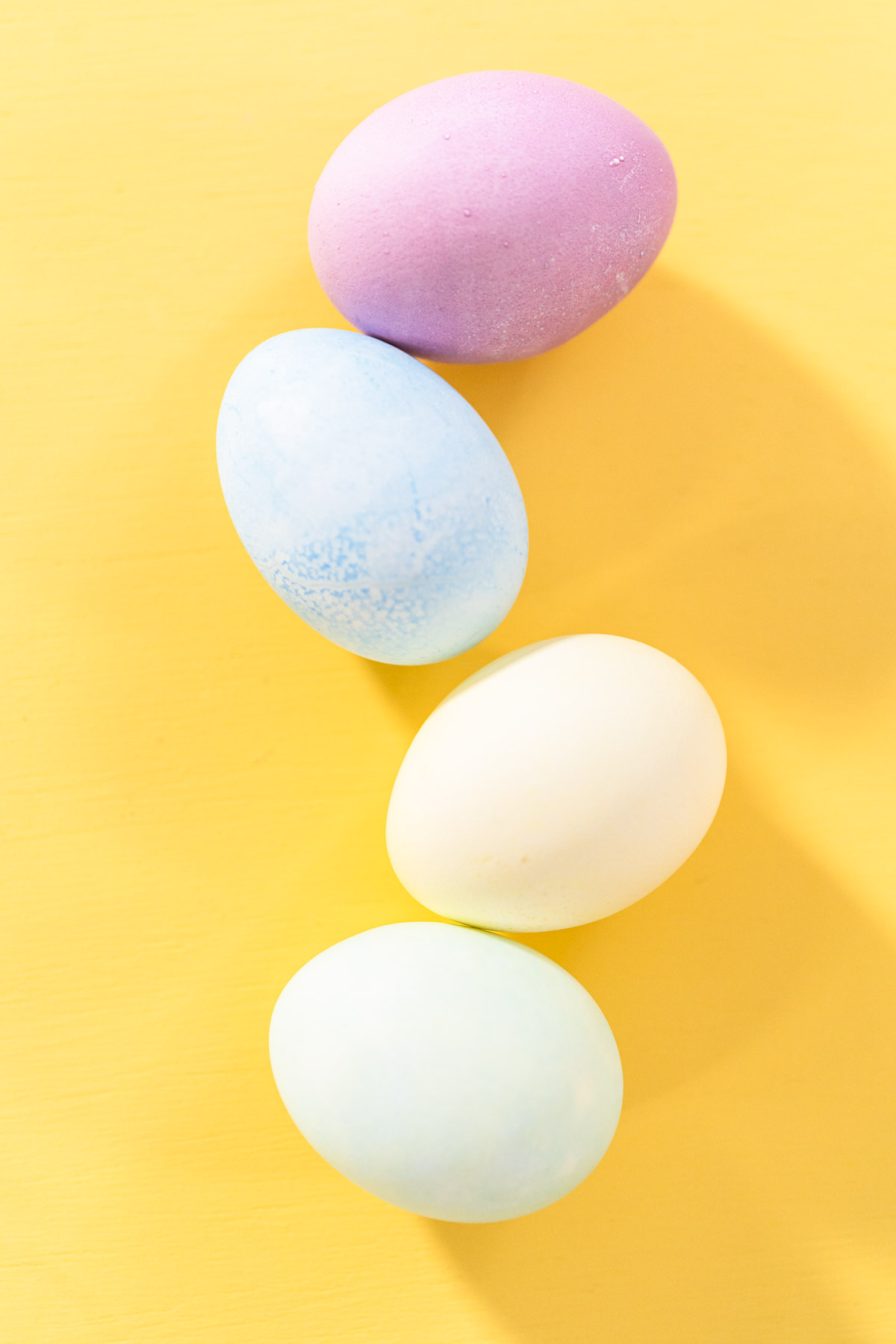
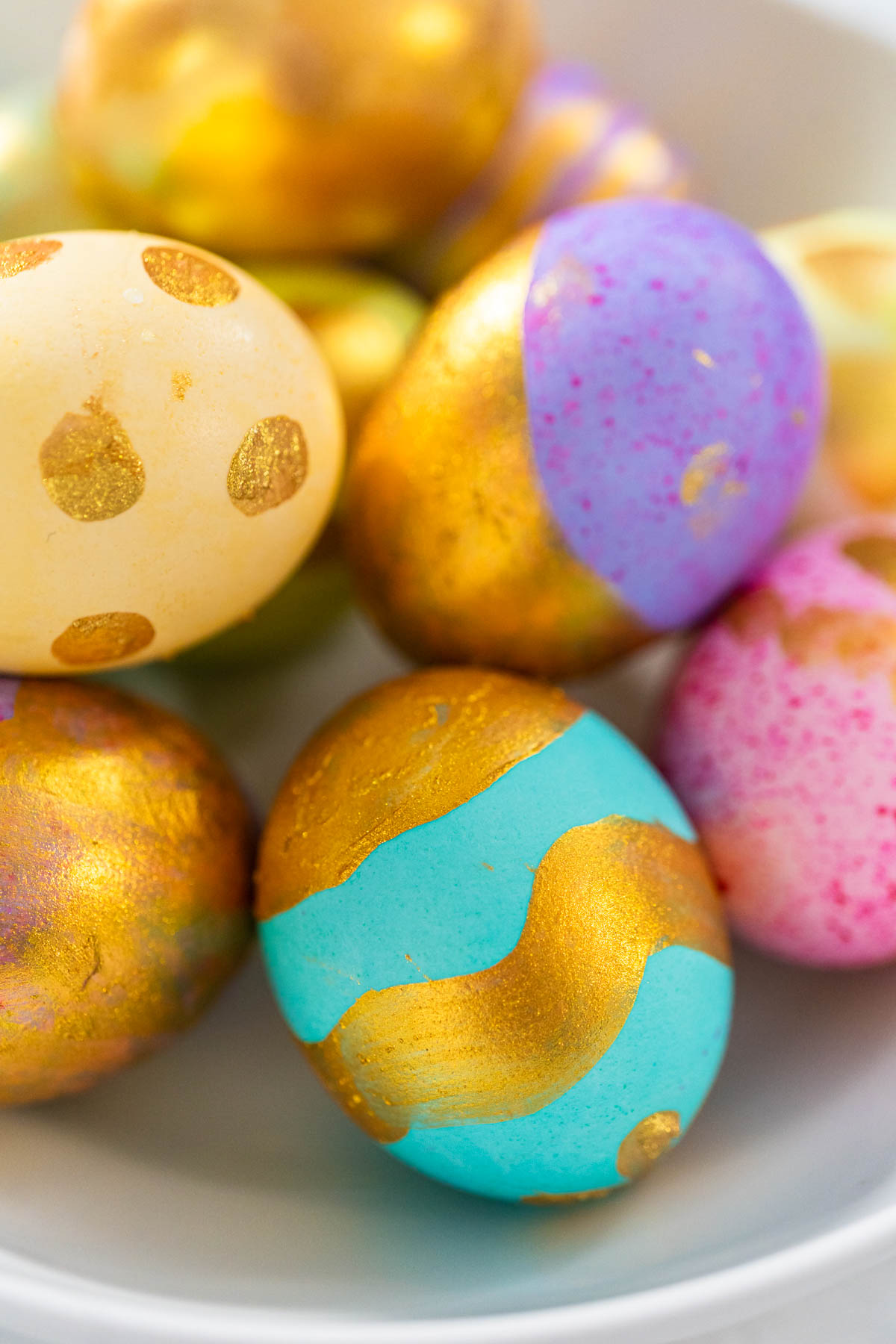
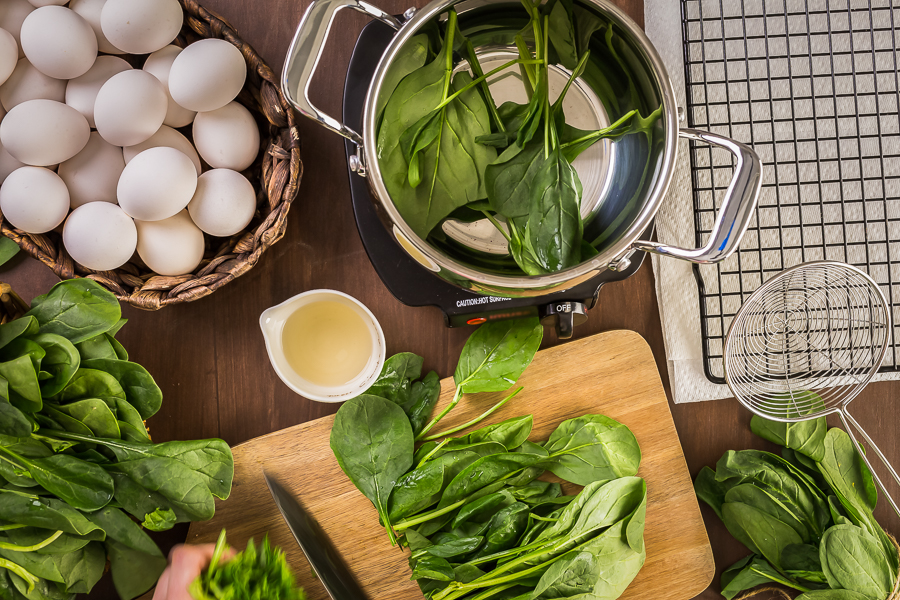







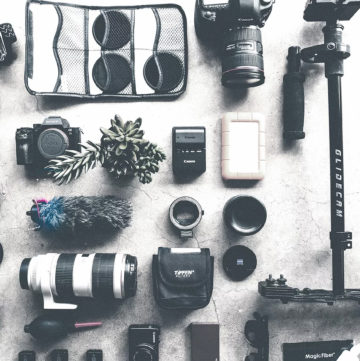
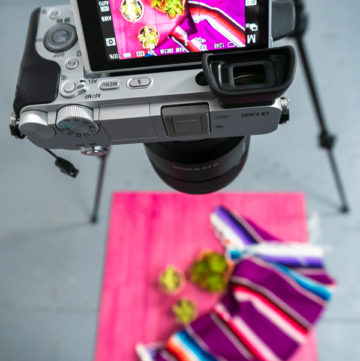

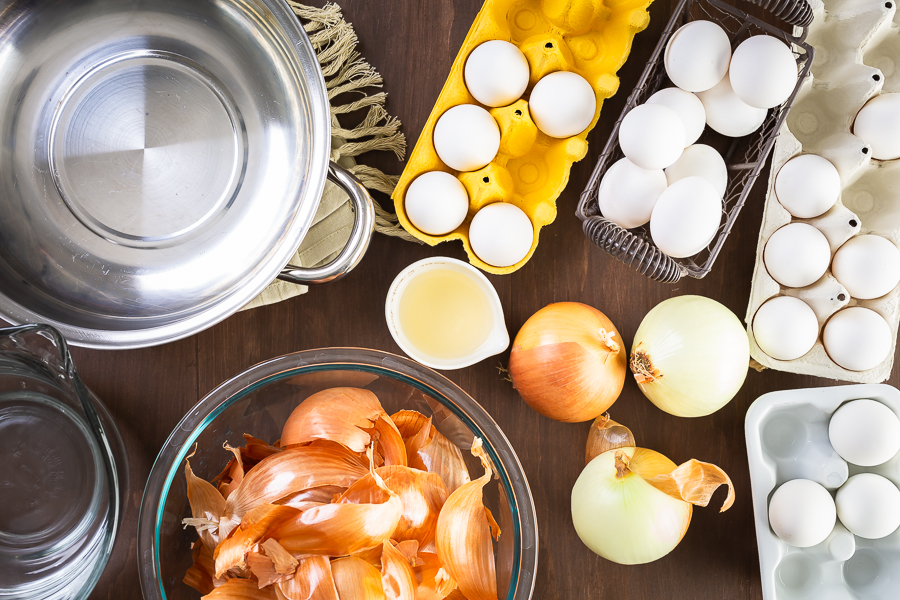




Leave a Reply